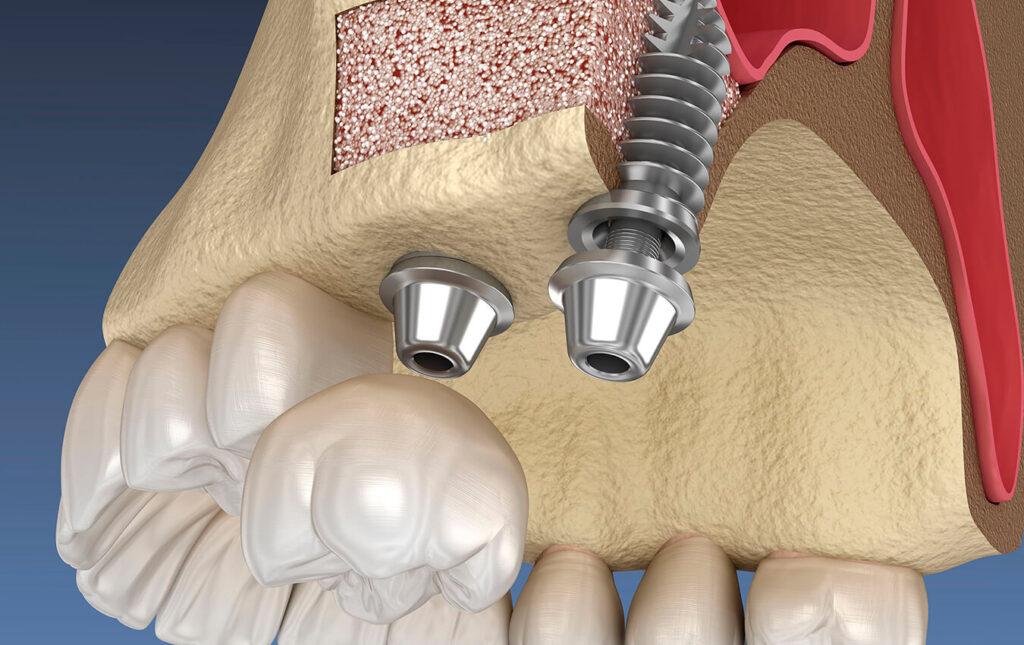
Benefits
- Sinus lift is an important factor in determining the success of dental implant placement.
Who is this procedure for?
- People who are getting dental implants to replace missing teeth and do not have enough bone in the upper jaw
- People who are getting dental implants and whose sinuses are too close to the jaw and the dental implants cannot be placed
- People who are getting dental implants and have lost bone due to gum disease.
What happens before the procedure?
If the dentist decides you need a sinus lift, you will have X-rays taken in order for the dentist to know the anatomy of both the jaw and the sinus. Some patients need CT scans that measure the height and width of the existing bone; these also evaluate the health of the sinus. The procedure is done under local anesthetic.
What happens during the procedure?
The dentist cuts the gum tissue next to the molars and premolars. He or she then raises the tissue, exposing the bone. An oral window is opened in the bone and through it the membrane that separates the sinus from the jaw will be pushed up and away from your jaw. The dentist then packs granules of bone graft material into the space where the sinus was. These granules are most likely a few millimeters high. Once they are placed the dentist stitches the tissue.
What happens after the procedure?
The area will be swollen, and you are likely to bleed from your nose or mouth. It is important not to sneeze or blow your nose, since it could cause the bone – graft material to move. You will be given saline spray to keep your nose wet and medicine that will prevent you from sneezing. The stitches will be removed a week later, when the dentist will also check how the area is healing. Depending on the bone – graft material that is used, the dentist will place your implants anywhere from 4 to 9 months later.

